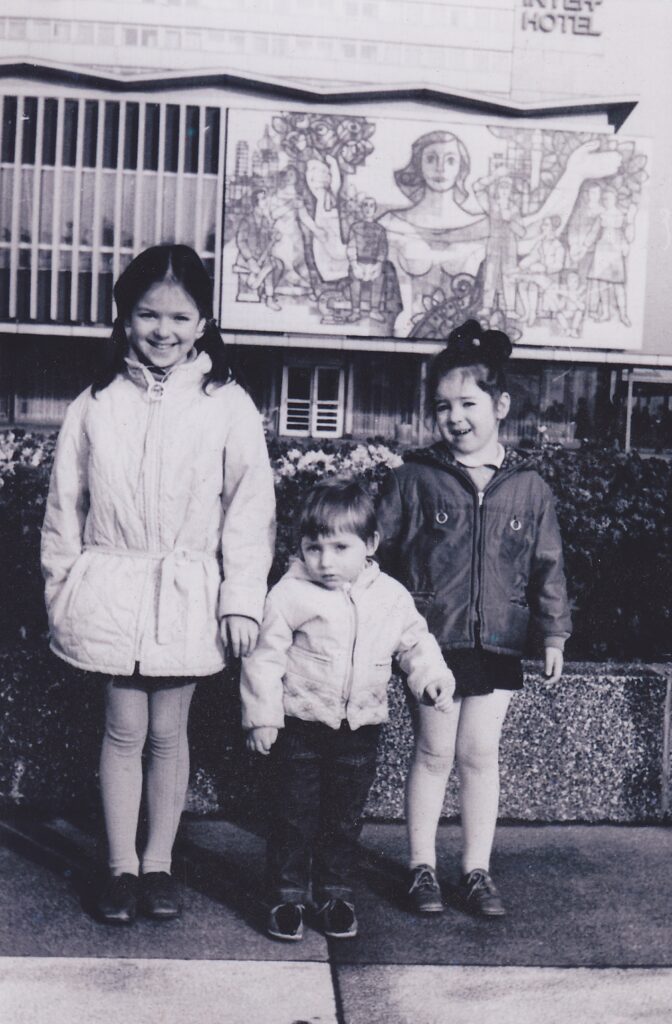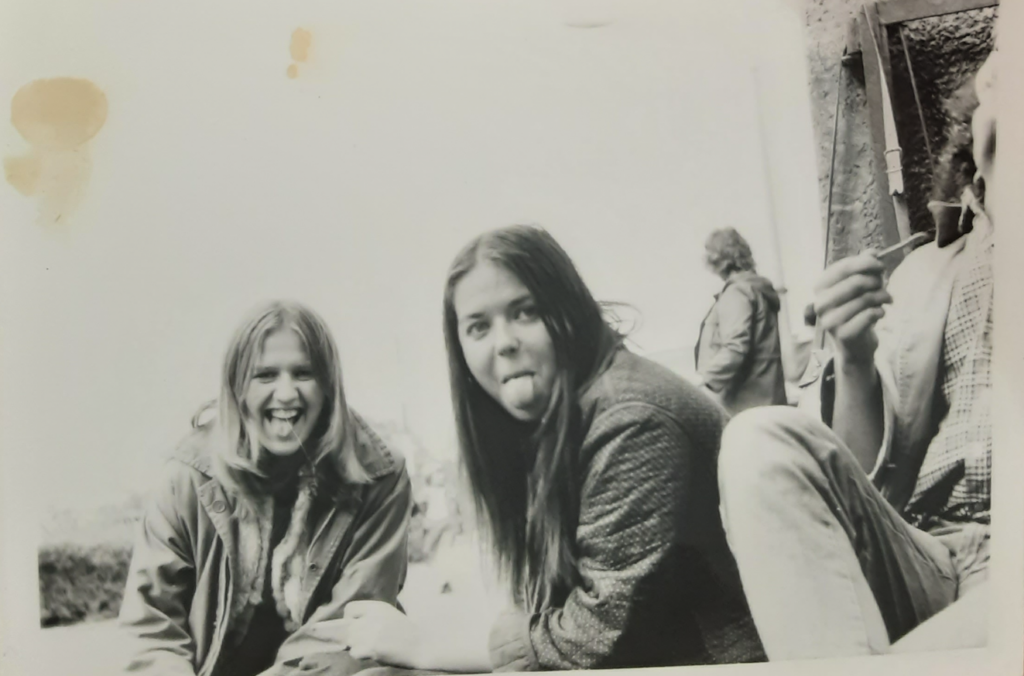Interview with Susanne Altmann
Art historian and curator Susanne Altmann is one of the leading figures in historical analysis of womens’ art and artistic networks in former East Germany (GDR), and one of the few scholars working in the region to contextualize the work produced there in relation to Eastern Europe rather than West Germany. Methods of historical witnessing allow us to reconsider the status of the archive and its embodied dimensions (which are ephemeral by nature when it comes to nightlife and particularly so when it comes to geopolitical zones like the GDR).
It’s with that in mind that Megan Hoetger and Carlos Kong invited Susanne Altmann to be in dialogue with them and to share some of her memories and her experiences, which cross the personal and the ideological, the structural and the political. As someone who is an historian of women artists in the GDR and is herself a woman who grew up in the GDR, she holds a very special position that has much to learn from.


This contribution is published in the framework of the Whole Life Academy.
Connected Material
A conversation on compulsive archiving in relation to a private archive of press photography on Liberia.
Schaber’s contribution revisits her 2004 work culture is our business and considers the complex issues around these three agencies. At stake in these differences are how the image’s story should be told, and how this telling is embedded in the viewing and understanding of history.
Archives are often perceived as somewhat static. They look back, they conserve, they remember. But the thinking that was present in the pieces of the Pinkus Archive all addressed ecology, extinction, and political agency in ways that not only extend into our present, but into our future.
This essay explores the plural notion of “ethnofuturisms” by employing a comparative approach. The cultural and political vicissitudes of “futurist” tropes are traced in literary and audiovisual creations that engage with the national, ethnic, and/or racial contexts of the Middle East, African diaspora, East Asia, and former Eastern Bloc.
Chto Delat’s installation Canary Archives employs the imagery of the canary in the coal mine, once used to alarm miners when carbon monoxide levels rose. Where is the canary today, that tells us wether the danger is real? It seems to have gone silent, the sharpest signal it can send. In an emergency newspaper issue under the impression of the Russian war on Ukraine, Chto Delat assembles anti-war views of artists and critics and expresses their solidarity with the Ukrainian people.
A conversation about KANG Sang-woo’s film KIM-GUN and how it treats historical evidence and testimonies as a ‘horizon of contingent truths’ with the potential to be pieced together in alternating ways, touching upon the complex dynamics of archives and life stories, collective memory and amnesia, the mechanisms of image-making and history-writing.
The legacy of anti-colonial leader and Pan-Africanist revolutionary Amílcar Cabral (1924-1973) still calls for cultural readings, and not strictly political ones. Contemporary art, so-called “artistic research” and critical theory will benefit from a cross-disciplinary approach which puts Cabral as relevant to art or which turns Cabral’s many contributions into tools.
Three videos are used in real time composition to explore the combination of the moving images – the edited sequence creates a non-existing-place.
The audio map “biography of kecak” is an attempt to decrease this discrepancy between the singularity of archival knowledge and the multiplicity of individual realiities – using the sonic as its material.
These images were taken in the frame of The Whole Life Academy. Laura Fiorio accompanied the project as a photographer from the beginning in 2019 and developed her own approach of documenting archival sites and methods.